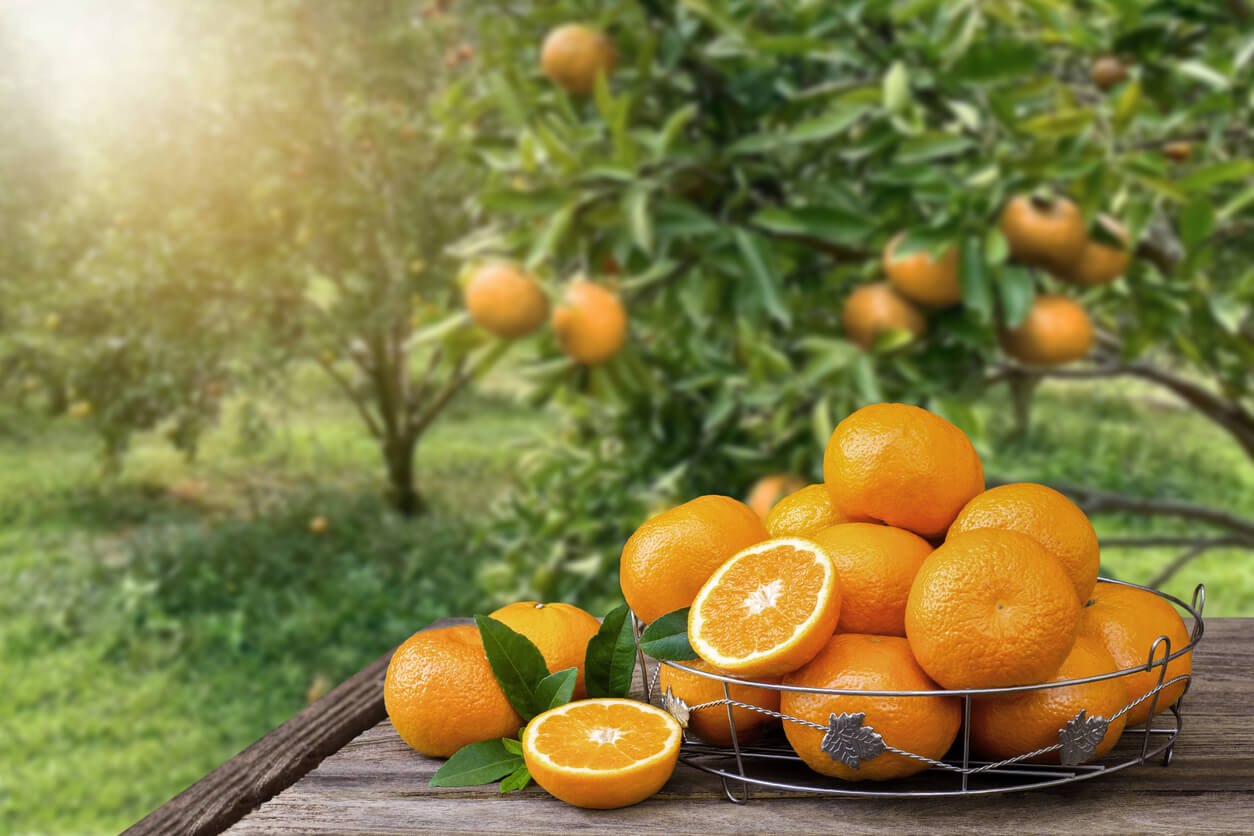
For many years, I’ve spent months at a time in both Florida and California at different times of the year, and there’s no better time, in my opinion, than a citrus season. This is the time of year when the air smells like orange blossoms, like jasmine, and especially in Florida, you can pop into a fruit stand anywhere for some fresh citrus. And don’t even get me started on the groves you can pick from! I personally am not sure there’s such a thing as having too many oranges, but then again, I come from a tourist’s perspective and have never grown my own orange tree outdoors in a peak climate.
While fresh-squeezed orange juice is nature’s perfect drink, when you’re blessed with an abundant harvest, you certainly need more options in your preservation toolkit. Let me share some fascinating ways to capture that sunshine-in-a-fruit that many people don’t know about.
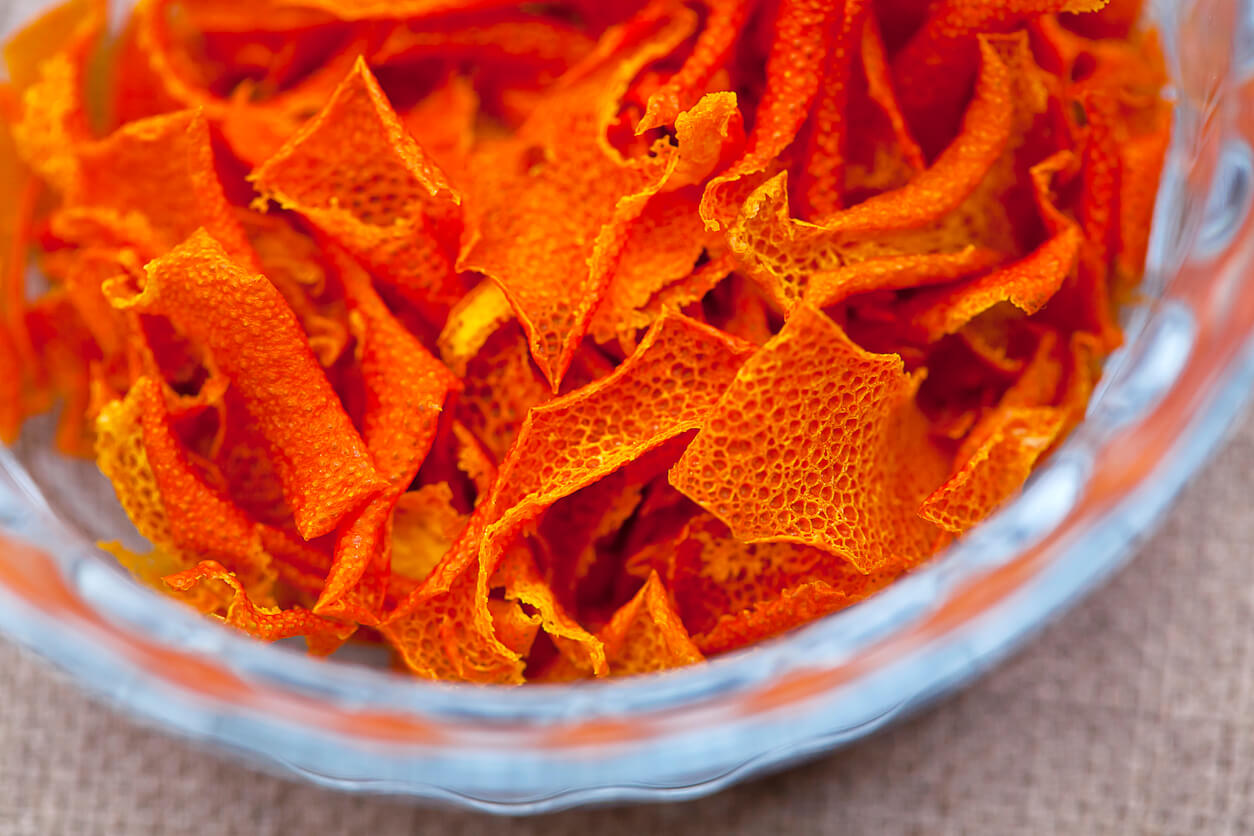
Preserving the Essence
Did you know that orange zest contains more concentrated flavor compounds than the juice? Before using your oranges for anything else, zest them first! Here’s a gardener’s secret: orange zest can be frozen in an airtight container for up to six months, retaining most of its aromatic oils. But here’s something even more interesting – you can make your own orange extract by steeping zest in vodka for about six weeks. The alcohol acts as a solvent, pulling out those precious flavor compounds, creating a shelf-stable essence that can last for years.
For the science-minded gardener, it’s worth noting that the oil in orange peels, d-limonene, isn’t just for flavor – it’s a natural insecticide and can even be used to make eco-friendly cleaning products. Speaking of peels, they can be dried and ground into a powder that adds a burst of flavor to baked goods or tea blends.
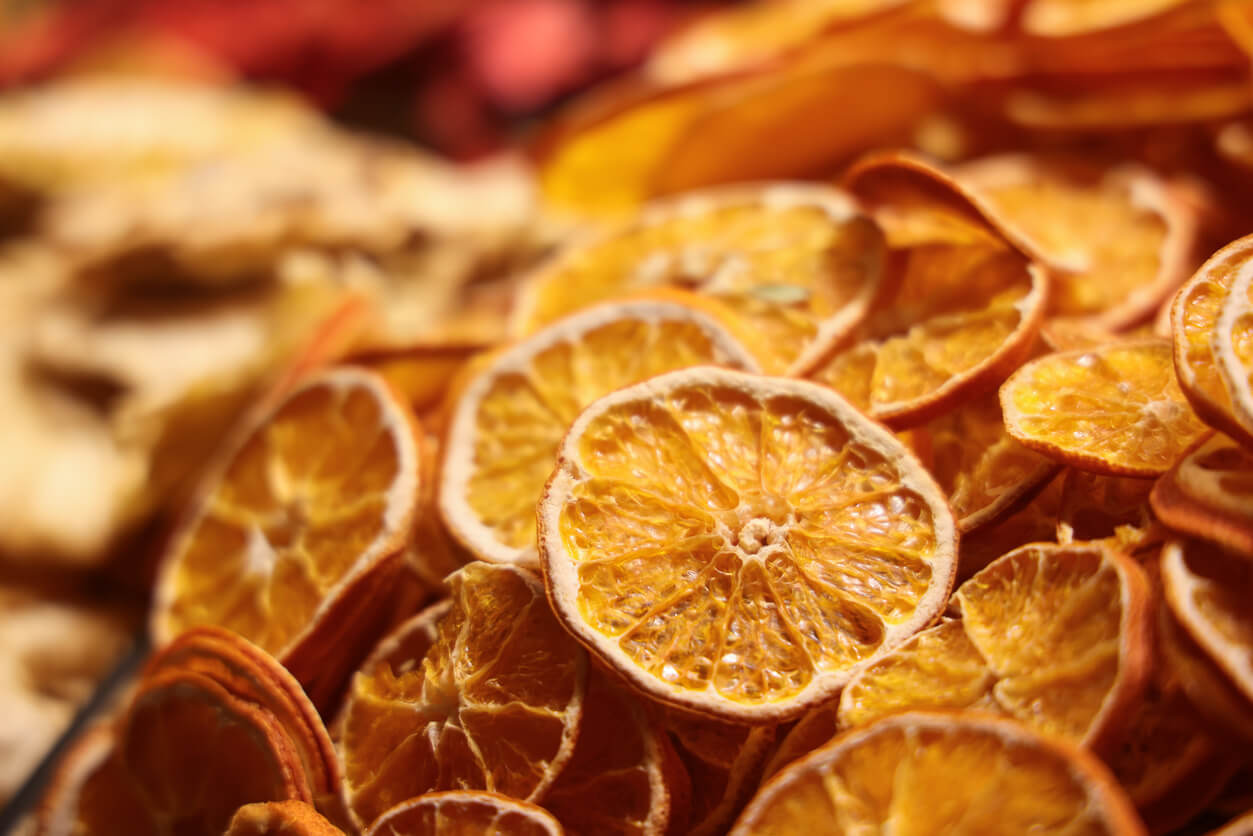
Dehydration Station
Drying oranges isn’t just for Christmas decorations! If you have too many oranges, when properly dehydrated, orange slices become nature’s candy with an intensified sweetness. But here’s something fascinating – different varieties of oranges produce notably different results when dried. Valencia oranges tend to become chewy and tart, while Navels become more candy-like due to their higher sugar content.
The real magic happens when you experiment with temperature control during dehydration. Keeping temperatures below 115°F (46°C) preserves more of the vitamin C content, though it takes longer. This is what we call “raw” dehydrating, and it results in a more nutritionally dense product.
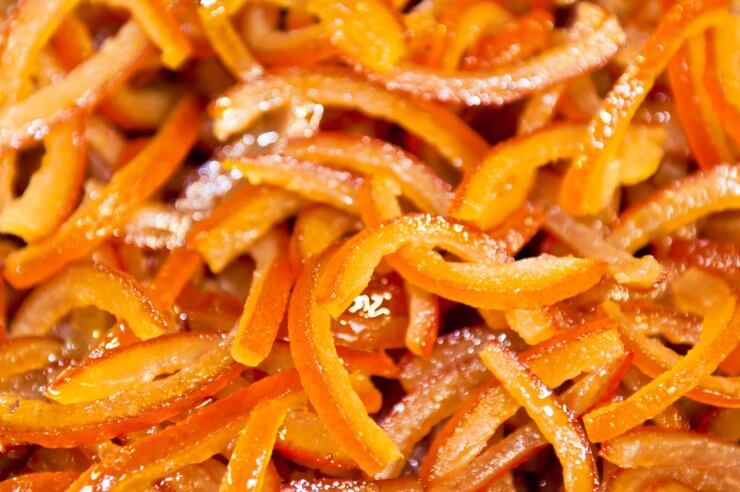
Candied Creations
Candying citrus is an art that dates back to ancient times when sugar was used as a preservative. The process involves replacing the water in the fruit with sugar syrup through osmosis – it’s basically science you can eat! But here’s a pro tip many don’t know: adding a tiny pinch of salt to your candying syrup enhances the orange flavor while reducing the perception of sweetness.
The often-discarded pith (the white part under the peel) becomes a delicacy when candied properly. It’s rich in bioflavonoids and, contrary to popular belief, isn’t naturally bitter – it only becomes bitter when the candying process is rushed.
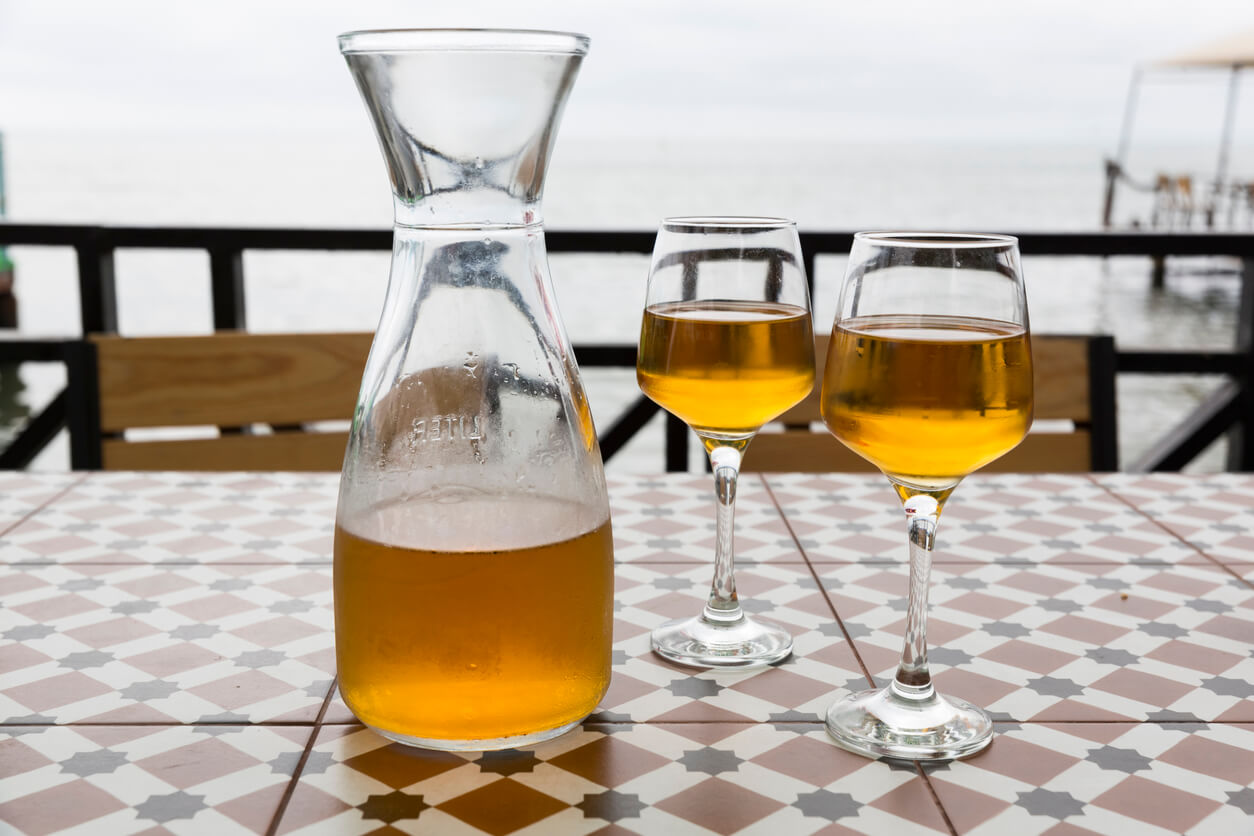
Wine Not?
You can create orange wine (not to be confused with the trendy skin-contact white wines sometimes called “orange wines”) when you have too many oranges. This ancient preservation technique transforms orange juice into a complex, slightly alcoholic beverage with notes of honey and flowers. The process is surprisingly straightforward: Start with freshly squeezed orange juice – about a gallon makes a nice batch – and add a pound of raw honey or cane sugar. Here’s where it gets interesting: you’ll want to add a packet of champagne yeast (not bread yeast!), which loves citrus environments and produces delicate flavors. The natural pectin in oranges actually helps create a lovely mouthfeel in the final wine. Here is a great recipe we haven’t tried but sounds fun!
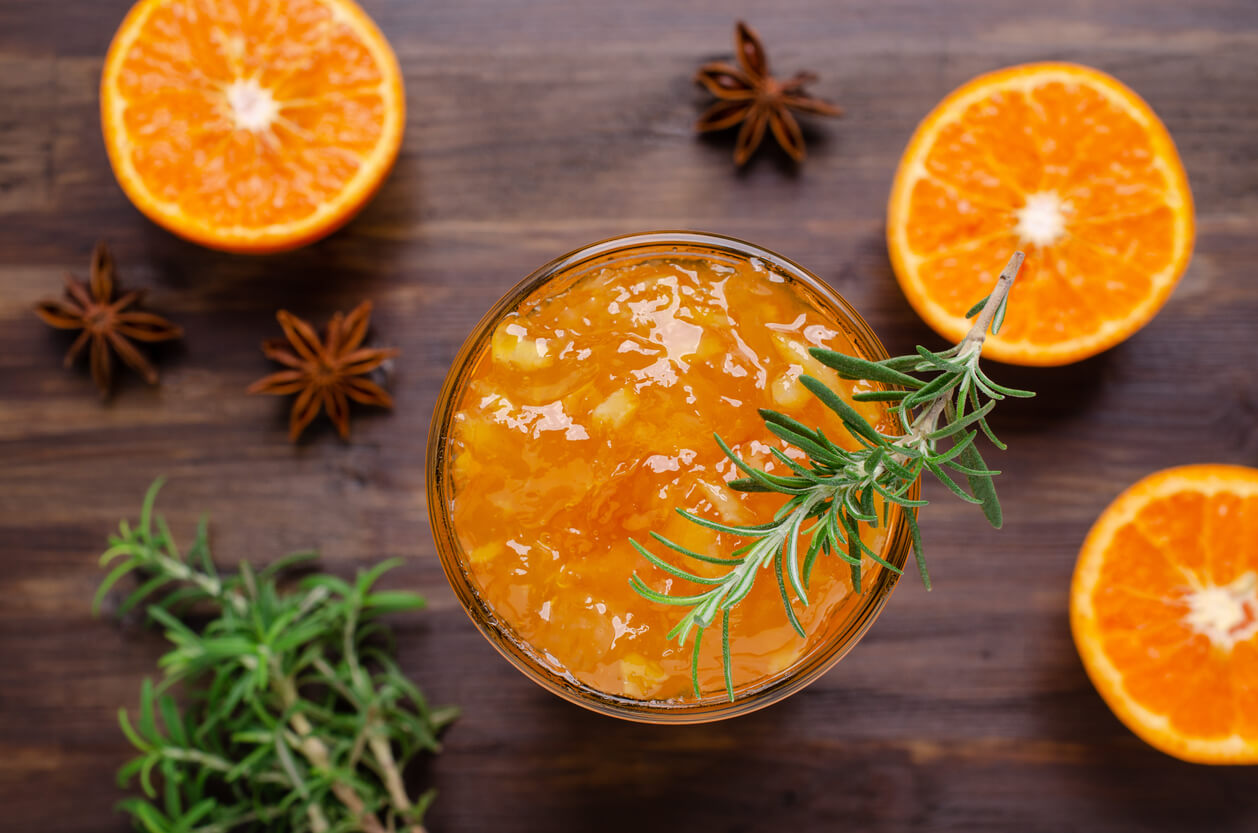
Creative Combinations
Oranges play well with others in preservation projects. Their high acid content makes them perfect for safe canning combinations. One of my favorite discoveries was learning that orange juice can replace lemon juice in many canning recipes, adding a sweeter complexity to preserves.
Try combining oranges with complementary herbs when preserving if you have too many oranges. Rosemary and orange make an exceptional marmalade, while thyme adds an unexpected earthiness to orange syrup. For a real surprise, try preserving orange segments in honey with a few sprigs of lavender – the flavors develop beautifully over time, and the honey becomes infused with citrus notes.
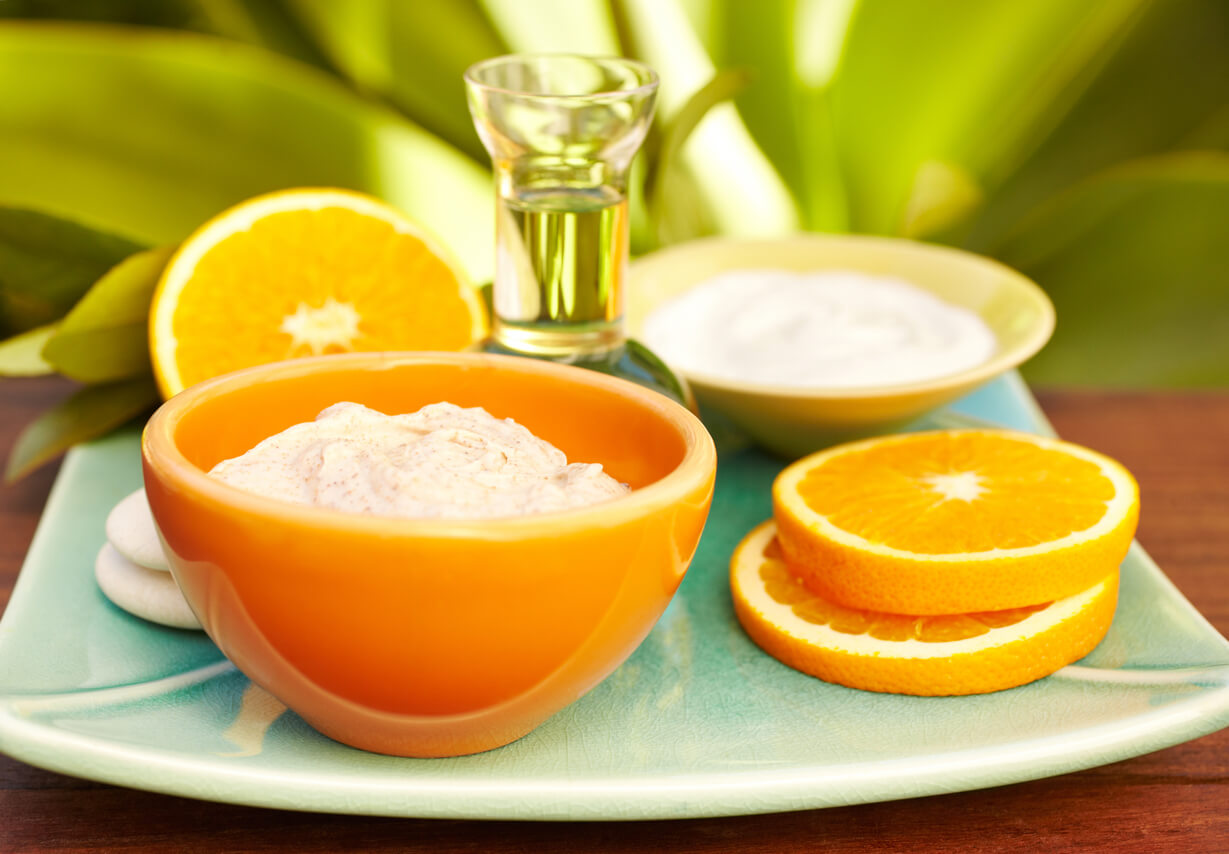
The Root-to-Fruit Approach
As a gardener, I believe in using every part of the harvest. Even the seeds have a purpose – they can be dried and used as natural exfoliants in homemade beauty products. The membranes between segments, usually discarded, can be simmered with water to extract pectin for jam-making.
A particularly innovative use is creating orange vinegar for cleaning. Simply infuse white vinegar with orange peels for a few weeks, and you’ve got a natural, effective cleaner that smells amazing. The d-limonene in the peels combines with the acetic acid in the vinegar to create a powerful but safe cleaning solution.
Looking Ahead
If you’re growing your own citrus, consider succession harvesting – picking fruit at different stages of ripeness. This not only extends your harvest season but also gives you fruit at various sugar levels, perfect for different preservation projects. Early-harvested oranges have more pectin, making them ideal for marmalade, while fully ripe ones are better for juicing and dehydrating.
Remember that preservation isn’t just about preventing waste – it’s about transforming your harvest into something new and exciting. Each preservation method brings out different aspects of the fruit’s character, from the bright intensity of dehydrated slices to the complex sweetness of fermented products.
Want to grow your own oranges? You don’t have to live in a subtropical climate to grow your own orange tree—container-grown trees can produce excellent fruit! Prepare to pick your ideal orange tree—for snacks, for juice, for homemade marmalade, and more! Learn how to get started growing your own orange trees in our Oranges Gardening Guide.
By exploring these various preservation methods, you’re not just saving your harvest – you’re creating a pantry full of sunshine that you can enjoy all year round. And isn’t that what gardening is all about?
Have you ever had too many oranges? What did you do with them?


 Previous
Previous


What a great article! I did once have too many lemons when living in California, it seems every back yard had a lemon tree growing in it. I gave bags away, made lemonade and baked a lot of lemon meringue pies. I know this isn’t about oranges but your article was wonderful as usual!